Biodiversity Day 2021 is being celebrated under the slogan: "We're part of the solution #ForNature".

Each of these species and organisms works together in ecosystems, like an intricate web, to maintain balance and support life. If one of them gets extinct, then others will start getting endangered too.
As per un.org, "When biodiversity has a problem, humanity has a problem. Biological diversity resources are the pillars upon which we build civilizations. But the loss of biodiversity threatens all, including our health.
It has been proven that biodiversity loss could expand zoonoses - diseases transmitted from animals to humans- while, on the other hand, if we keep biodiversity intact, it offers excellent tools to fight against pandemics like those caused by coronaviruses."
Therefore, to spread awareness and to increase understanding of the biodiversity issue, the UN decided to celebrate the International Day for Biological Diversity annually.
International Day for Biological Diversity 2021: Theme
Every year there is a specific theme for International Day for Biological Diversity 2021. This year, 2021, the theme is "We're part of the solution"
India Has An Incredible Biodiversity
1. India is the only country in the world with native populations of both tigers and lions.
While India is the only country in the world to have Asiatic Lions, it also has indigenous populations of the Bengal Tigers.
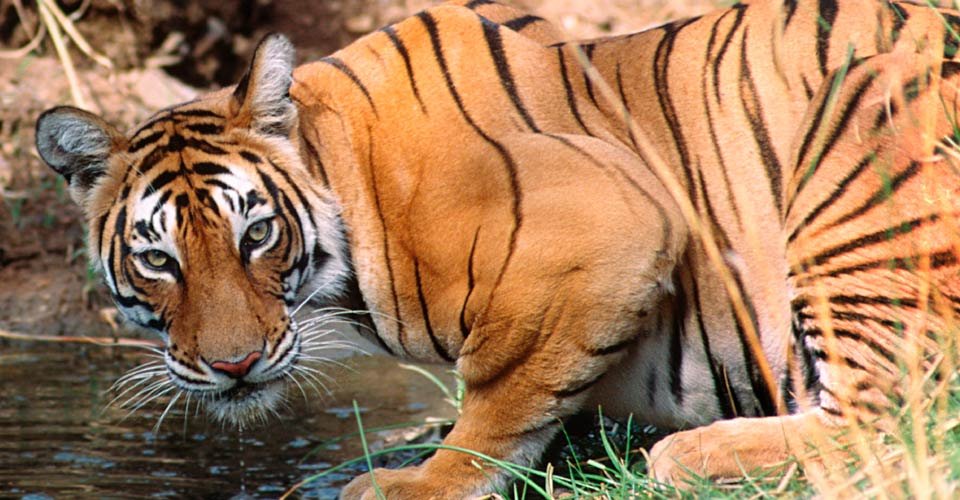

2. India is just 2% of the world's land mass, but is home to 8% of the world’s biodiversity.
India is one of the richest countries in terms of biodiversity. From snow-clad mountains to dry deserts; and from lush green forests to coral reefs, India has it all.
3. Among plants, 33% of the world's species are endemic to India, which means they are found nowhere else in the world.
The presence of varied climatic regions in India makes it suitable to support a large variety of plants.
4. Mangroves in India account for about 3% of the world's entire mangrove vegetation.
The mangrove forests of India are unique; recording the highest number of species of plant and animals. The Sundarbans of India and Bangladesh is the only largest mangrove forest in the world colonized by the Royal Bengal Tigers.

Megadiverse countries are home to majority of the Earth’s species and are therefore considered extremely biodiverse. The four biodiversity hotspots in India are the Himalayas, the Western Ghats, the Indo-Burma region and the Sundaland which includes Nicobar group of islands.

6. India is home to 12% of the world’s bird species.
Birds play an important role in maintaining a healthy ecosystem. India is lucky to house one of the largest bird species in the world.
7. In terms of endemism, India's position is tenth in birds with 69 species, fifth in reptiles with 156 species and seventh in amphibians with 110 species.
Species that are endemic to India are confined within its geographical limits and are not found anywhere else on the planet.
India is home to more than 50,000 species of plants, including a variety of endemics.
9. India is home to nearly half of the world’s aquatic plants.
The fact that India has a coastline of about 8,000 km makes our country quite rich in its floral and faunal diversity.

10. The Kharai, a unique breed of camels that can swim are found only in Kutch, Gujarat.
Kharai camels have a special ability to swim in seawater and feed on saline plants and mangroves. They have been provided special protection by the government.

.jpeg)



Iqra Malik
ReplyDelete